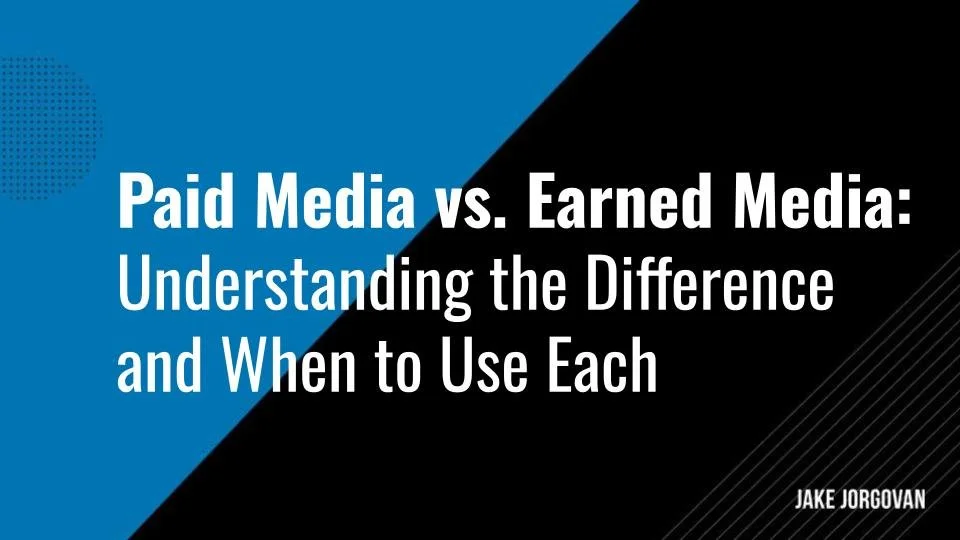5 WINNING Strategies to Maximize the ROI of International Marketing Events in 2025
Maximizing ROI for international marketing events is more important than ever. The stakes are high, and every decision counts.
Post-pandemic, expectations have shifted. Attendees demand seamless digital integration and more value-driven experiences.
In this article, you'll learn five key strategies to boost your event ROI in 2025:
How to plan effectively with a focus on sustainability and tech
Engagement tools that drive interaction
Smart ways to capture and analyze data
Budgeting tips for tighter control
Post-event follow-up for lasting impact
But first:
Understanding ROI in Event Marketing
Event ROI measures the tangible and intangible returns from your marketing efforts.
That means it goes beyond attendance figures and revenue, assessing deeper impacts like brand awareness and participant satisfaction.
Therefore, when measuring ROI in event marketing, you need to track both hard and soft metrics to get a complete picture of success.
Hard Metrics
Attendance numbers
Revenue generated from ticket sales or sponsorships
Leads generated or sales conversions
Event app usage and engagement
Soft Metrics
Brand awareness and recognition during and after the event
Participant satisfaction through surveys or feedback forms
Social media mentions and engagement
Audience retention and interest post-event
Top event marketing agencies say that understanding ROI comprehensively ensures that every event decision aligns with long-term growth, making your strategies more data-driven and effective.
Now, let’s see how to maximize it.
1. Pre-Event Planning for Maximum ROI
Strategic planning and precise budgeting are paramount in pre-event planning.
Current trends emphasize sustainability and advanced technology, directing funds towards eco-friendly practices and high-tech solutions that enhance attendee experience and operational efficiency.
This approach aligns spending with modern expectations and innovation.
To maximize ROI in pre-event planning, focus on these key areas:
Venue Selection
Choose a location with strong connectivity for hybrid or virtual components.
Opt for eco-friendly venues that align with sustainability trends.
Leveraging Technology
Implement event apps for real-time engagement and data tracking.
Use virtual reality or live streaming to extend reach beyond physical attendees.
Content Planning
Develop sessions tailored to your audience’s pain points and goals.
Include interactive elements like Q&A or polls to boost engagement and participation.
Pro tip: Evaluate potential venues by their tech capabilities, not just aesthetics. Prioritize those with built-in advanced audiovisual systems and high-speed internet. This enables you to offer a seamless hybrid experience, reducing the need for extensive setups and keeping your technology overhead low.
2. Engagement Strategies to Enhance Event Impact
Incorporate VR experiences and interactive games into your event to elevate attendee engagement.
These tools transform passive observation into active participation, significantly enhancing overall event satisfaction by offering immersive, memorable interactions tailored to your audience's interests.
A great example of virtual reality (VR) being used in events is Adidas' Terrex Delicatessen experience.
In this event, Adidas offered participants the chance to virtually climb one of the toughest routes in the world, Delicatessen, in Corsica.
To create content that truly resonates with an international audience, consider these best practices:
Localize your content. Adapt your messaging to reflect cultural nuances and regional preferences. This makes your content more relatable.
Leverage multilingual platforms. Provide content in multiple languages to broaden your reach. Use professional translators to maintain quality.
Incorporate interactive elements. Utilize live polls, Q&A sessions, or gamification to engage attendees actively. Interaction boosts retention.
Use universal themes. Focus on stories and themes that have global appeal. This fosters a deeper connection with diverse audiences.
Collaborate with local influencers. Partner with regional thought leaders to enhance credibility. Influencers can amplify your message effectively.
Also, consider partnering with local event hosts or speakers to tap into regional expertise.
They understand the cultural nuances and audience preferences, which can shape more impactful content.
This approach not only increases engagement but also builds trust with international attendees, as the event feels more tailored to their context.
3. Data Capture and Analysis
Use tools like RFID badges or event apps to track attendee movements, engagement, and session participation.
Automate lead collection through QR codes and integrate with CRM systems in real time.
AI-powered platforms can analyze attendee behaviors, offering deeper insights into preferences and post-event follow-up opportunities.
To measure post-event success and plan future events, follow these steps:
Integrate CRM systems: Sync attendee data to your CRM for follow-up and lead nurturing.
Use event analytics tools: Track metrics like session attendance, engagement, and feedback to assess the effectiveness.
Analyze engagement metrics: Measure interactions with content, booths, and sessions to understand participant preferences.
Survey attendees: Gather feedback to gauge satisfaction and uncover improvement areas.
Compare against benchmarks: Compare results to past events or industry standards to gauge performance and identify trends for future planning.
Plus, use attendee heatmaps to track engagement zones in real-time.
These maps can highlight which sessions, booths, or activities attracted the most attention.
It allows you to optimize future event layouts and content placement, ensuring high-impact areas get priority for sponsors and engagement opportunities.
4. Cost Management and Budgeting
Budgeting in 2025 prioritizes sustainability and tech-driven efficiency.
Event planners are allocating more for eco-friendly venues and practices, reducing waste and carbon footprints.
Additionally, spending is increasing on advanced technologies like AI-driven event tools and hybrid solutions, ensuring seamless integration of virtual and in-person experiences while optimizing overall costs.
To effectively manage and forecast event costs in 2025, follow these steps:
Create a detailed budget: Outline all categories, from venue to technology, ensuring each has clear cost allocations. This provides transparency and control over spending.
Consider hybrid event costs: Account for both in-person and virtual elements, including additional tech infrastructure, streaming services, and online platform fees.
Plan for hidden expenses: Include costs like insurance, Wi-Fi upgrades, service charges, and labor for setup and teardown.
Monitor vendor contracts closely: Watch for extra fees related to overtime or last-minute changes. Negotiate flexible terms upfront.
Factor in sustainability initiatives: Budget for sustainable materials, eco-friendly logistics, and waste reduction programs, which may have upfront costs but can provide long-term savings.
Leverage technology: Use AI-driven budgeting tools to predict overruns and optimize cost distribution.
Besides, allocate a contingency fund for unforeseen tech failures.
From platform crashes to hardware malfunctions, tech disruptions can derail hybrid events.
A dedicated budget for emergency support, backup systems, or quick fixes ensures you can recover without compromising the event experience or overspending at the last minute.
5. Post-Event Strategies
Follow-up actions ensure that event efforts extend beyond the event day.
The point is to maintain engagement, nurture leads into conversions, and transform a single touchpoint into a continuous relationship, boosting long-term event ROI and brand loyalty.
To maintain engagement with attendees after the event, consider these methods:
- Personalized newsletters
Send tailored content based on attendee preferences. Include exclusive access to event highlights, insights from speakers, and upcoming events. This builds ongoing value beyond the event.
- Social media interaction
Encourage continued conversation by sharing event recaps, videos, or photos. Tag attendees and speakers to foster engagement and amplify reach.
- Targeted follow-up campaigns
Segment attendees by engagement levels and interests. Create follow-up offers or resources based on their specific interactions during the event.
- Post-event surveys
Gather feedback to improve future events and demonstrate that attendee opinions are valued.
- Exclusive content
Share extended event content, such as recorded sessions or behind-the-scenes footage, with attendees as part of a VIP post-event package.
Pro tip: Send a post-event summary video with insights from the event, including key takeaways and highlights from breakout sessions. Incorporate a call-to-action, like an invitation to a smaller follow-up webinar or exclusive offer. Visual content captures attention more effectively than text, increasing the chances of continued engagement.
Case Studies and Real-World Examples
In 2025, successful international and global marketing events emphasized AI and innovative technologies to enhance attendee experiences and drive ROI.
Events like the AI and Big Data Expo North America focused on leveraging AI for enterprise use, showcasing tools for data analytics, machine learning, and ethical AI.
This approach allowed participants to witness real-world AI applications and understand how to integrate these technologies effectively into their marketing strategies.
For instance, the MWC Las Vegas event highlighted how 5G networks can transform event engagement, enabling more immersive and flexible hybrid experiences.
AI-driven personalization tools were a major theme, helping brands tailor experiences in real time, which increased attendee satisfaction and brand recall.
Additionally, events like GITEX Global provided large-scale opportunities for hands-on interaction with emerging tech, including AI and cybersecurity.
This not only boosted engagement but also positioned these technologies as integral to the future of marketing events, ensuring that both online and offline interactions were meaningful and data-driven.
Maximizing ROI at International Marketing Events in 2025: Strategic Insights for High-Impact Results
Maximizing ROI at international marketing events requires strategic planning and smart use of technology.
Remember:
Focus on sustainability and advanced tools to meet modern attendee expectations.
Engage participants through interactive content and leverage AI-driven data capture for deeper insights.
Monitor costs closely, ensuring flexibility for tech issues and hybrid solutions.
Post-event follow-ups are key to transforming short-term interactions into long-term gains.
Incorporate these strategies into your event planning to create meaningful experiences that boost engagement, improve data utilization, and ultimately drive better results in 2025.
Each step ensures you stay ahead in delivering high-impact events.
















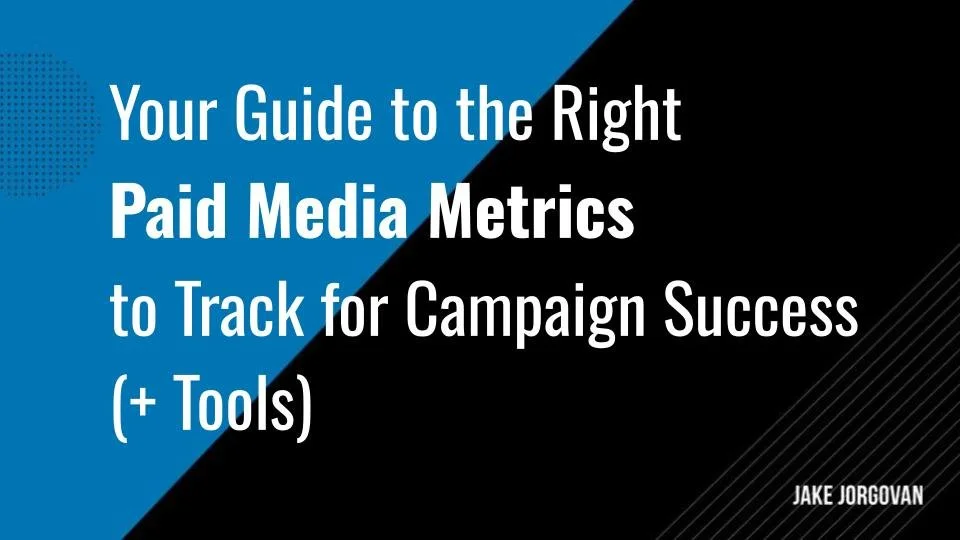



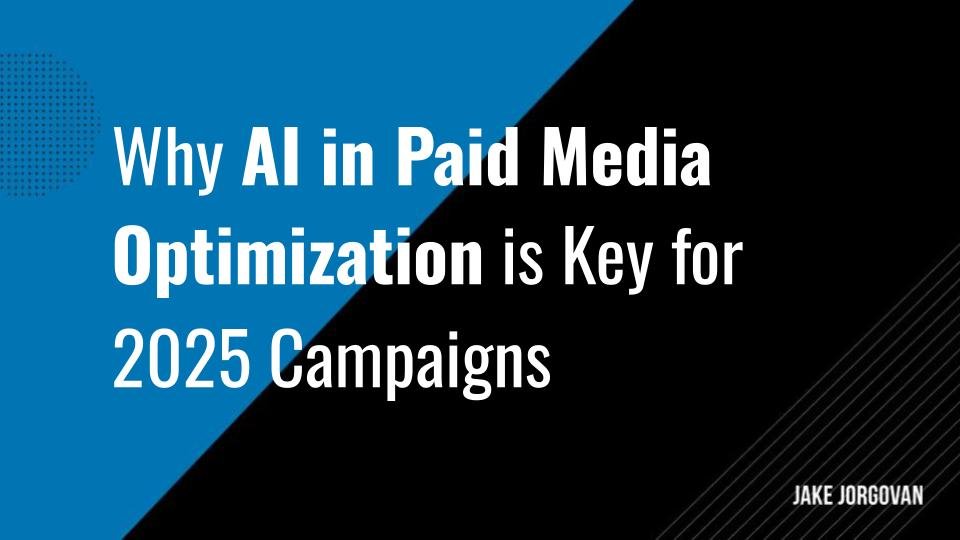
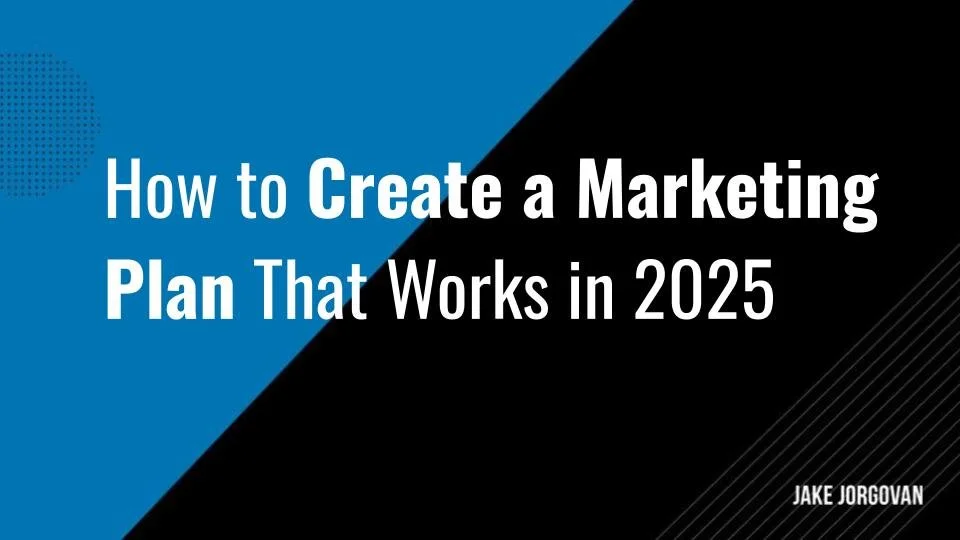
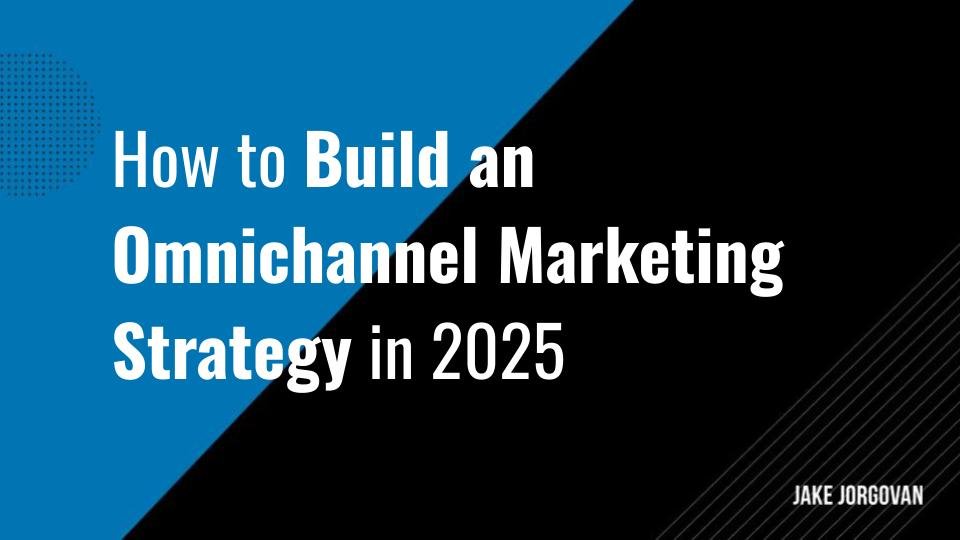

![Top 22 Paid Media Agencies to Work With in 2025 [Updated in March]](https://images.squarespace-cdn.com/content/v1/50baa49de4b0e51d69257e33/1705515561307-56Z45GN80B4L6J77ELDR/Top+12+Paid+Media+Agencies+to+Work+With+in+2024+%5BUpdated%5D.jpg)







